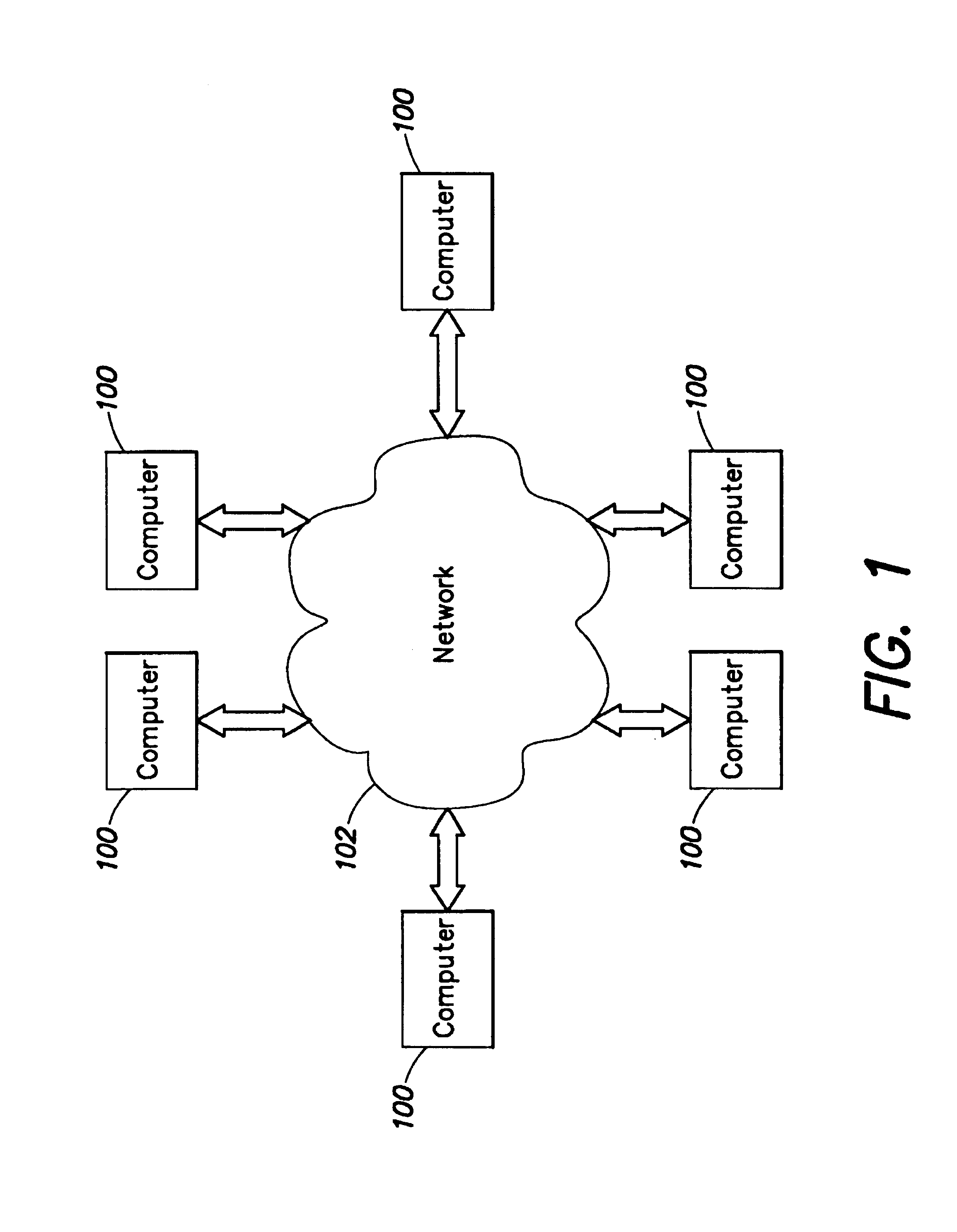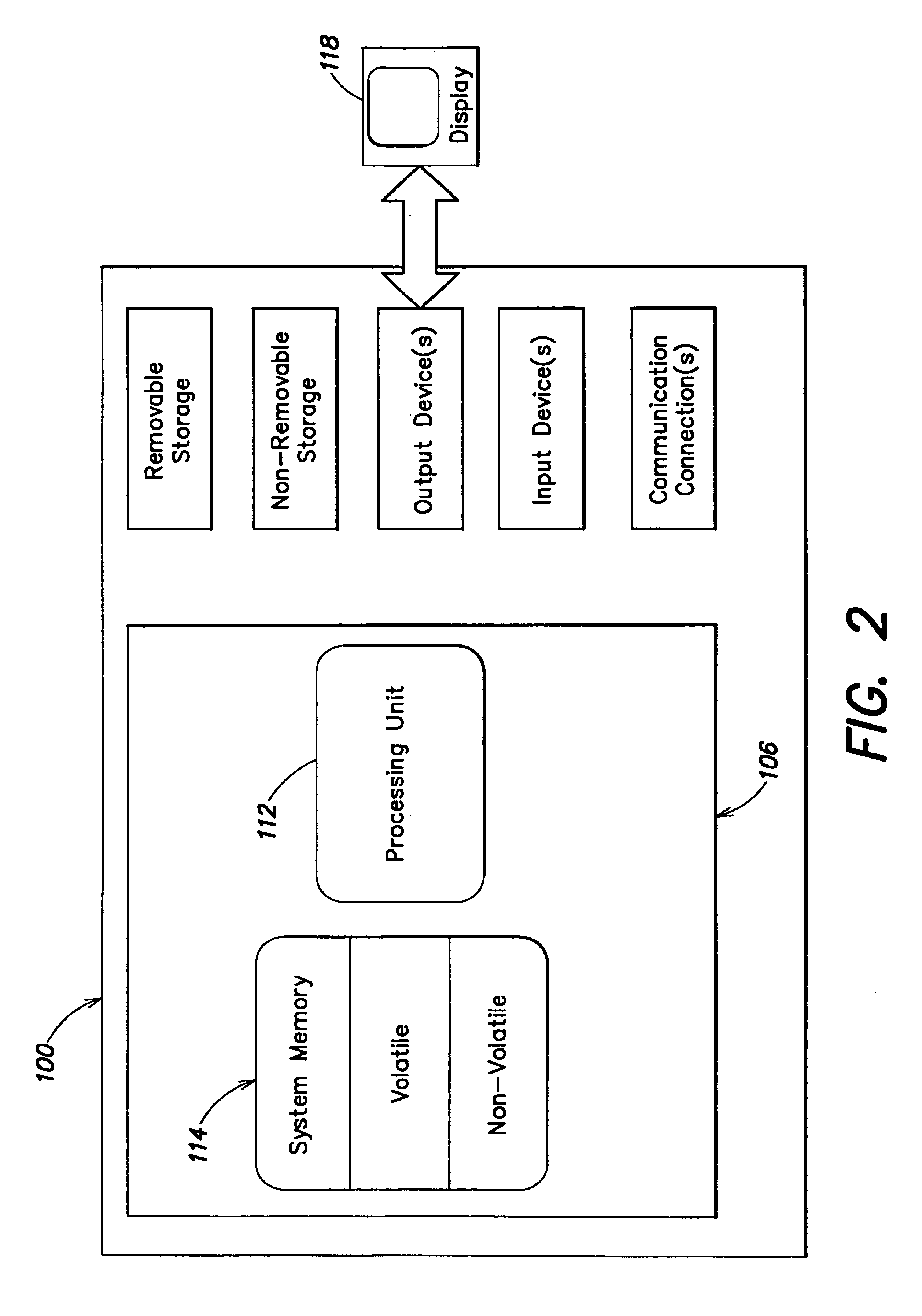Method and system for managing data records on a computer network
a technology of computer network and data record, applied in the field of data record management, can solve the problems of losing interest after a relatively short period of time, flash crowd can disrupt name services such as dns, etc., and achieve the effect of reducing the number of forwards
- Summary
- Abstract
- Description
- Claims
- Application Information
AI Technical Summary
Benefits of technology
Problems solved by technology
Method used
Image
Examples
Embodiment Construction
[0022]Prior to proceeding with a description of the various embodiments of the invention, a description of the computer and networking environment in which various embodiments of the invention may be practiced will be provided. Although it is not required, the present invention may be implemented by program modules that are executed by a computer. Generally, program modules include routines, objects, components, data structures and the like that perform particular tasks or implement particular abstract data types. The term “program” as used herein may connote a single program module or multiple program modules acting in concert. The invention may be implemented on a variety of types of computers. Accordingly, the terms “computer,”“client,” and “server” as used herein include personal computers (PCs), hand-held devices, multi-processor systems, microprocessor-based programmable consumer electronics, network PCs, minicomputers, mainframe computers and the like. The invention may also ...
PUM
 Login to View More
Login to View More Abstract
Description
Claims
Application Information
 Login to View More
Login to View More - R&D
- Intellectual Property
- Life Sciences
- Materials
- Tech Scout
- Unparalleled Data Quality
- Higher Quality Content
- 60% Fewer Hallucinations
Browse by: Latest US Patents, China's latest patents, Technical Efficacy Thesaurus, Application Domain, Technology Topic, Popular Technical Reports.
© 2025 PatSnap. All rights reserved.Legal|Privacy policy|Modern Slavery Act Transparency Statement|Sitemap|About US| Contact US: help@patsnap.com



